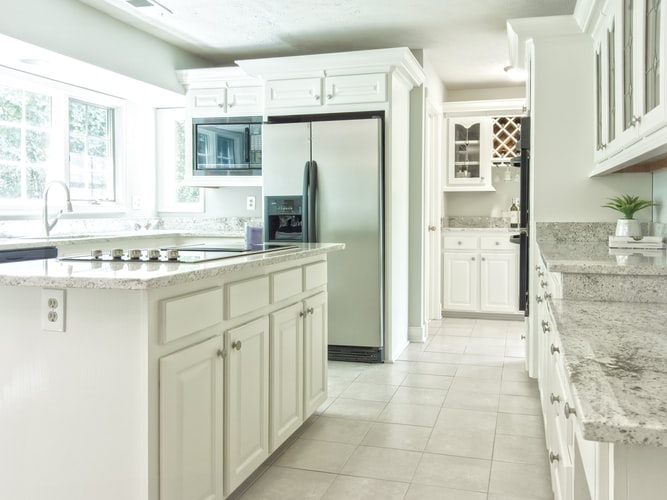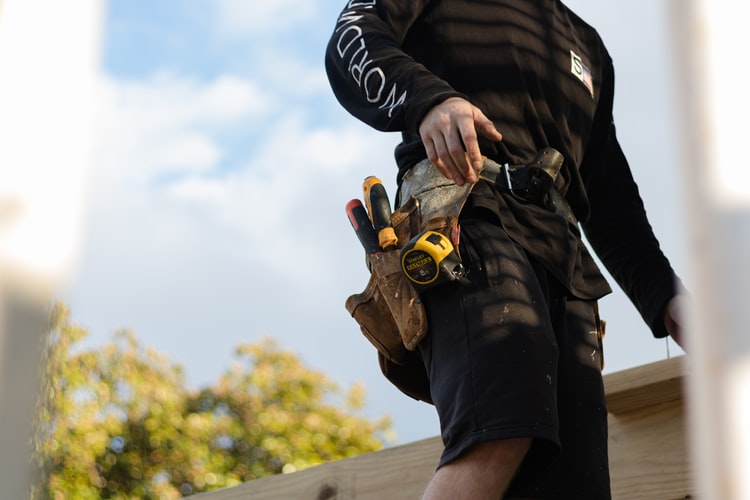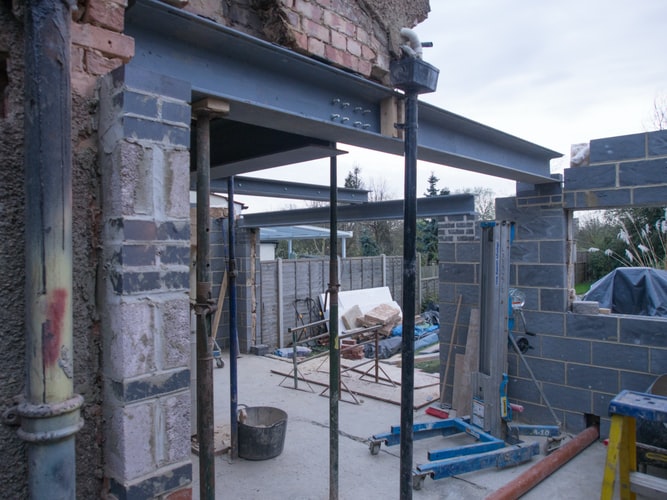If you’re considering cold room installation, there are a number of factors to take into consideration. These are typically air temperature, ventilation, electricity requirements, noise levels and safety regulations. Once you’ve considered these points, and compared cold room installation options, you can choose the right unit for you. In general, a cold room consists of at least one compressor, a condenser and an optional cooled space for ice and drinks. Most modern compressors come with their own equipment so don’t be tempted to skimp on this important feature.

How Do They Work?
A cold room also works similar to a domestic fridge, or mini-fridge. The room is well ventilated, this is essential in preventing any stale, hot air from circulating inside. The unit utilizes cooling units, usually external to the cold room, which draws warm air out of the building and into the unit, where it’s cooled using refrigerant compounds. This process can often be combined with air conditioning. Some refrigeration systems utilize an air source to provide this service; others require an outside condensing plant.
Cold room installations can either be carried out by a DIY enthusiast or a professional. The latter are best suited for larger buildings or installations where the correct refrigeration system isn’t present. For smaller installations, where DIY is ruled out, the choice is heavily weighted towards hiring a reputable, professional company that has expertise in fitting cold rooms. You’ll be presented with a range of options, from DIY to fully bespoke units, so make sure you’re aware of all the pros and cons.

How Are They Fitted And Built
Freestanding cold room frames are the most common form of installation, typically consisting of the frame, the base, a series of brackets and ductwork. These services can be carried out by a skilled craftsman, but are also quite labor intensive given the need to ensure the frame and brackets are sturdy enough to support the sheer weight of the cooling unit. Other services commonly carried out include installation of the air conditioning unit and pipework, if applicable. These services will obviously be more expensive than other services but are nevertheless worthwhile.
Alternatively, the most popular option these days is to hire a specialist services provider. This is ideally suited to smaller domestic setups, especially since most DIY enthusiasts don’t have access to the kind of machinery and expertise required for a professional installation. The cold rooms themselves can either be bought or made. Alternatively, some companies create bespoke designs to suit individual customer requirements. Bespoke refrigeration systems offer the most flexibility and are ideal for residential and commercial applications alike. Most companies will design your room installation around your specific requirements and preferences.

Making The Right Choice For Installation
Regardless of which route you take, the process is not difficult. You first need to locate your chosen company, and then book an appointment to meet them in their workshop. During this visit, they will discuss your project details with you, including the size of the installation area, type of refrigeration unit you require and your individual layout preferences. They will then carry out a site survey, taking into account all of your unique site factors. This survey will provide the tools necessary for a quality cold rooms installation, from blueprints to complete site surveys and even refrigeration installation drawings.

